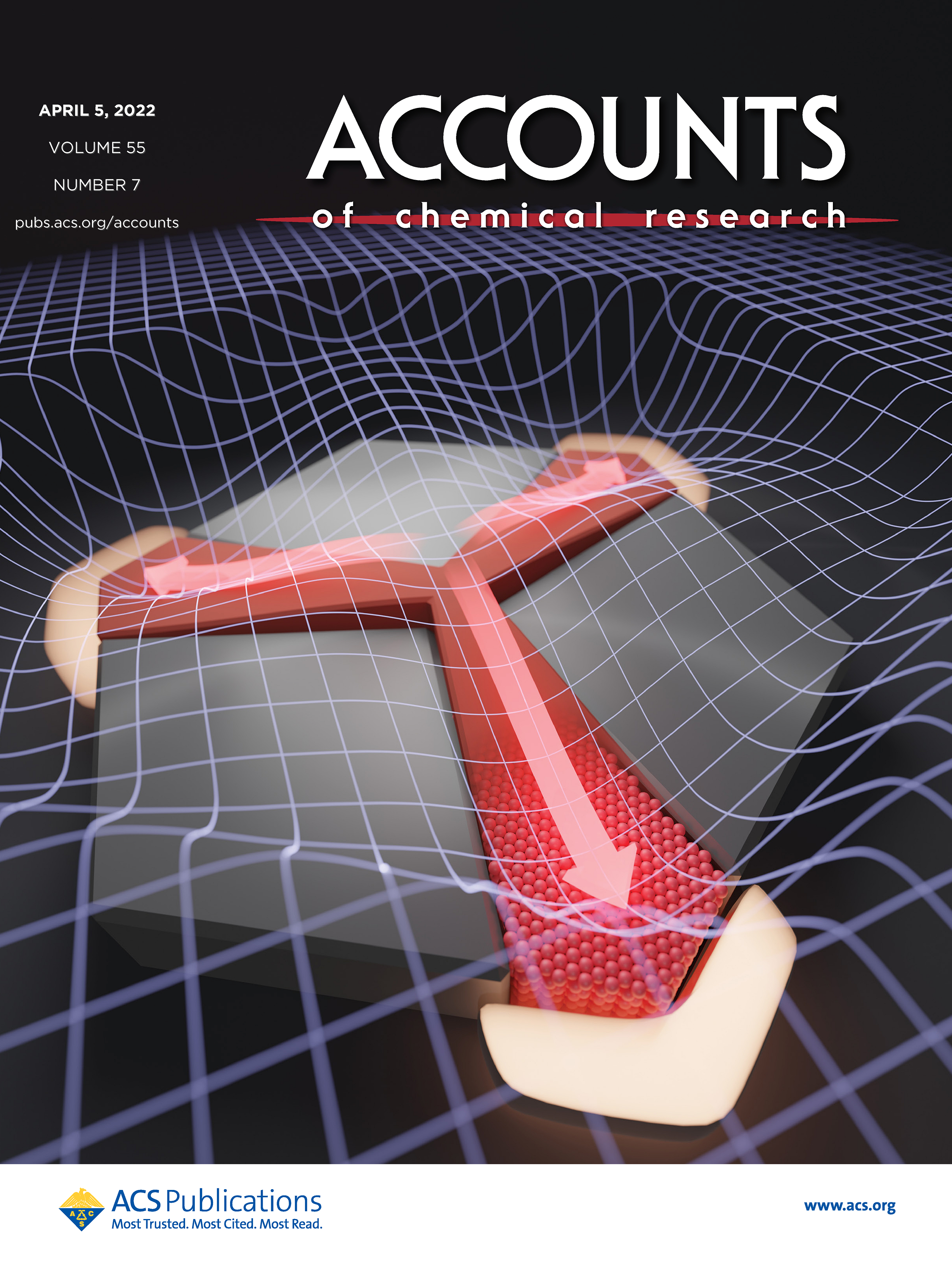Atoms in a bulk solid phase are usually trapped to fixed positions and can change their position only under certain conditions (e.g., at a melting point) due to the high energy barrier of migration between positions within the crystal lattice. Contrary to the atoms in the bulk solid phase, however, atoms in nanoparticles can migrate and change their local positions rather easily, enabled by the high surface energies. The energy states of surface atoms of nanoparticles can be altered by surface-binding moieties, which in turn influence the intrananoparticle migration of atoms at the subsurface of nanoparticles. In 2008, this possibility of intrananoparticle migration was demonstrated with RhPd alloy nanoparticles under the different gas environments of reductive CO or oxidative NO. We envisaged that the explosive expansion of well-defined, multiphasic nanoparticle libraries might be realized by specifically dictating the atom migration direction, by modulating the energy state of specific atoms in the multiphasic nanocrystals. The nanoparticle surface energy is a function of a myriad of factors, namely, surface binding moiety, structural features affecting coordination number of atoms such as nanoparticle geometry, steps, and kinks, and the existence of heterointerface with lattice mismatch. Therefore, all these factors affecting atom energy state in the nanoparticle, categorically termed as “chemical field” (CF), can serve as the driving force for purposeful directional movement of atoms within nanoparticles and subsequent reaction. Geometrically well-defined multiphasic nanocrystals present great promises toward various applications with special emphasis on catalysis and thus are worthy synthetic targets. In recent years, we have demonstrated that manipulation of CFs is an effective synthetic strategy for a variety of geometrically well-defined multiphasic nanocrystals. Herein, we classified multiphasic nanocrystals into metallic alloy systems and ionic systems (metal compounds) because the modes of CF are rather different between these two systems. The migration-directing CFs for neutral metallic atoms are mostly based on the local distribution of elements, degree of alloying, or highly energetic structural features. On the other hand, for the ionic system, structural parameters originating from the discrepancy between cations and anions should be more considered; ionic radii, phase stability, lattice strain, anionic frameworks, cation vacancies, etc. can react as CFs affecting atom migration behavior in the multiphasic ionic nanocrystals. We expect that the limits and potentials of CF-based synthesis of multiphasic nanocrystals described in this work will open a wide avenue to diverse material compositions and geometries, which have been difficult or impossible to approach via conventional nanoparticle synthesis schemes.

https://pubs.acs.org/doi/10.1021/acs.accounts.1c00745
 Microfluidics-Assisted Synthesis of Hierarchical Cu2O Nanocry...
Microfluidics-Assisted Synthesis of Hierarchical Cu2O Nanocry...
 Electronic Mechanism of In Situ Inversion of Rectification Po...
Electronic Mechanism of In Situ Inversion of Rectification Po...

















